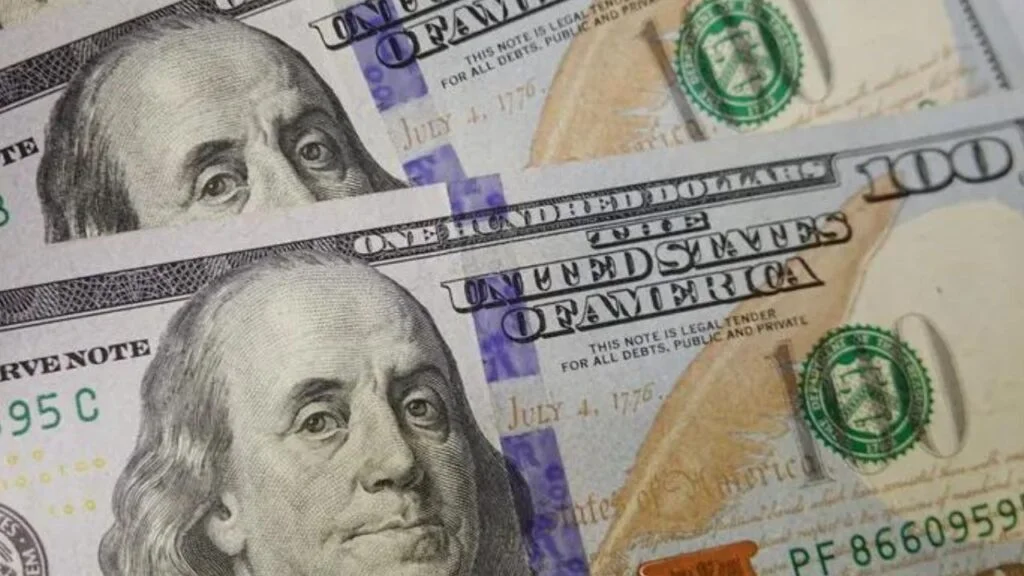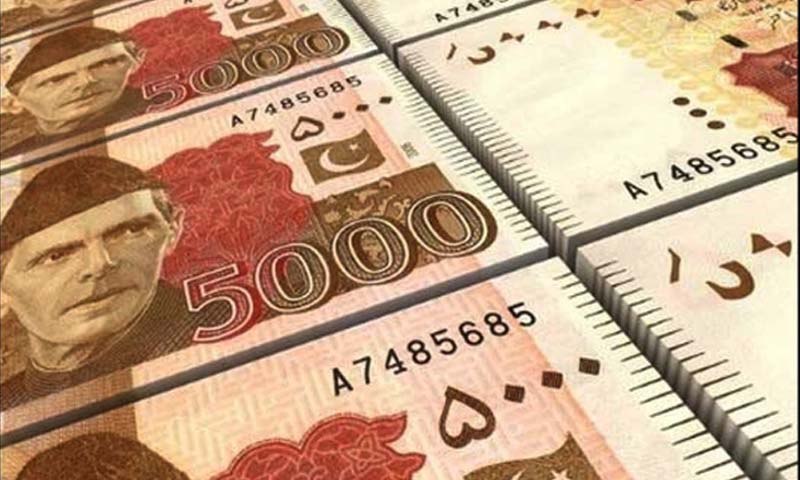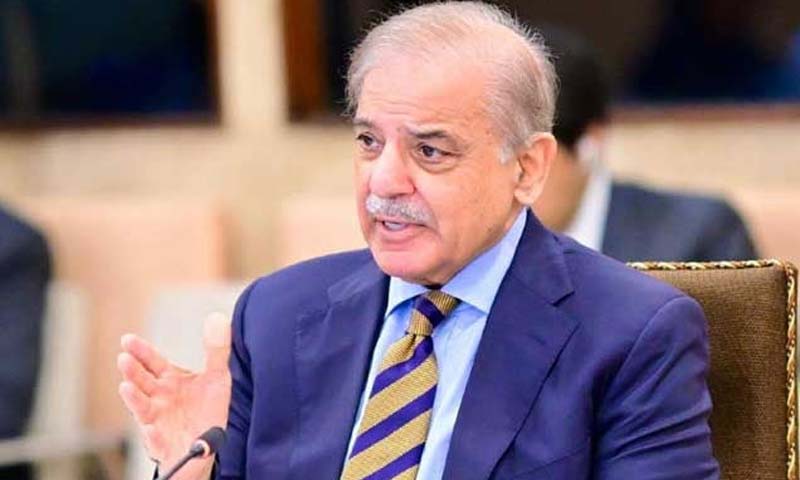- Web Desk
- Nov 03, 2025
Pakistan’s forex reserves inch up at the start of September
-
- Web Desk
- Sep 12, 2025

KARACHI: Pakistan’s liquid foreign exchange reserves saw a mild increase in the first week of September 2025, with the State Bank of Pakistan (SBP) reporting a stronger position while commercial banks registered a slight dip.
According to SBP’s weekly statement issued on Thursday, the country’s total liquid foreign reserves stood at $19,680.9 million on September 5, compared with $19,659.5 million a week earlier. The change reflects a net addition of around $21 million in the country’s overall stock of reserves.
Central bank gains, banks slip
The improvement came mainly on the back of the SBP’s holdings, which rose by $34 million during the week. The central bank’s reserves increased to $14,336.3 million from $14,302.5 million reported on August 29.
Meanwhile, commercial banks’ reserves slipped by $12.6 million, falling to $5,344.6 million from $5,357 million a week earlier. Despite the decline, commercial banks continue to hold a sizeable share of the country’s foreign exchange reserves, reflecting the role of private sector inflows and deposits in the overall financial system.
How reserves have trended
The data from the SBP shows that reserves have seen notable movement over the past few months. At the end of June 2025, Pakistan’s reserves were at $19,269.2 million. However, they dropped in July to $18,976.4 million before rebounding in August when weekly reserves crossed the $19.6 billion mark.
This upward trend carried into early September, with the SBP’s holdings in particular showing steady gains. For instance, reserves rose from $14,231.9 million at the start of August to $14,336.3 million by September 5. Commercial banks, on the other hand, have hovered around the $5.2–5.3 billion range over the same period, with small fluctuations week to week.
Why reserves matter
Maintaining reserves at stable levels is seen as crucial for Pakistan, which faces regular external financing needs. Adequate reserves provide the ability to pay for imports, service foreign debt, and stabilise the currency market during periods of volatility.
Economists note that keeping reserves around the $19–20 billion mark helps reduce uncertainty in financial markets. However, they caution that factors such as global oil price swings, debt repayments, and fluctuations in remittances could affect the sustainability of these levels in the months ahead.
For now, the modest gain recorded in early September has been welcomed as a sign of resilience, offering policymakers some breathing room as the economy navigates both domestic and international challenges.
Read next: Local gold prices rise again following global uptrend





